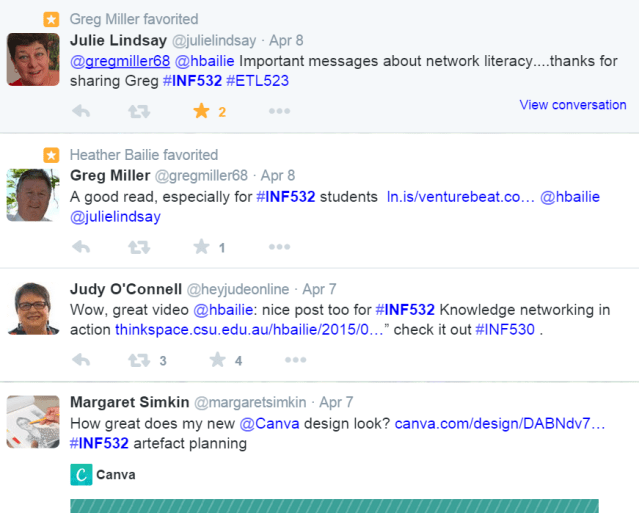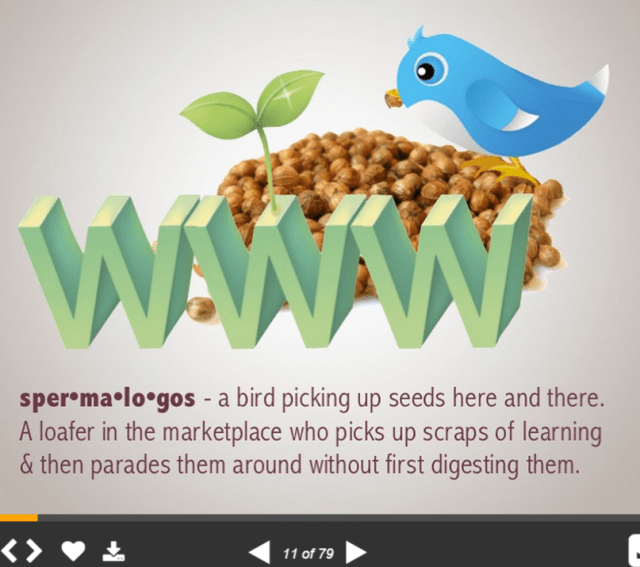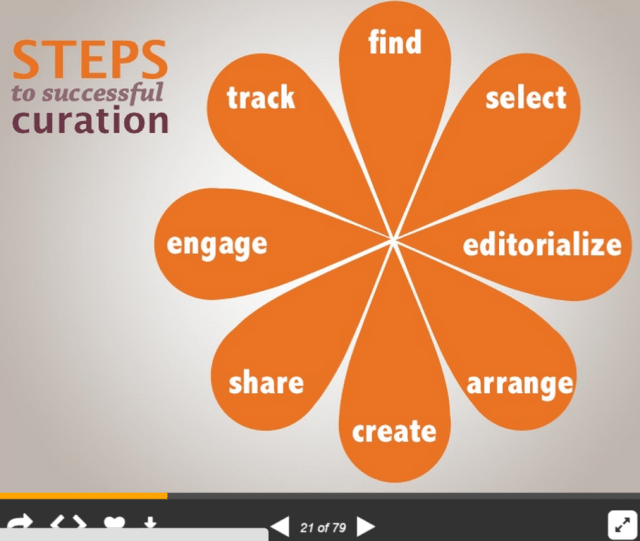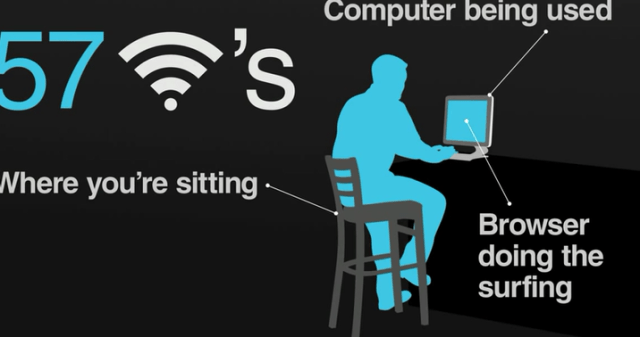Tracking Down references:
The Journey to find authentic sources for a case study on LMS:
Research is an absorbing process and it will take control of as much of your mind and your life as you allow. The starting point for my case study was Colloquium 2, led by CSU’s Simon Welsh http://thinkspace.csu.edu.au/msimkin/2015/09/06/lms-learning/ (Simkin, LMS and Learning, 2015). Until then I had not really engaged with why I was using our LMS, SIMON, beyond the elements we have to use, and the fact that, as most researchers have noted, it makes managing course material easier for teachers. This attitude was impacted on because my initial passion at having access to an LMS was expended on my first encounter with Moodle, into which I had invested heavily in terms of time and energy. The change to SIMON was a non-negotiable, and when we made the move SIMON was just developing the elements of our highly customized school-wide Moodle. However, taking stock of what has changed since then I realise that I now have a much better opportunity due to the complete integration of resource bookings and reporting, as well as forums, course material of all types and access to student profile information, which integrates with our ability to email all the students in or classes with one click. Obviously this has brought economic benefits to our school as well.
Stemming from the colloquium (Welsh, 2015), the weekly modules added more fuel for the journey. Weller’s work in particular introduced much food for thought around building and maintaining digital collections (Weller, 2011 p.42). Issues such as ownership of data and appropriate ways of creating and sharing information for scholarly purposes led to creating this post http://thinkspace.csu.edu.au/msimkin/2015/09/06/assignment-2/ and chasing more peer-reviewed work on the topic.
Sending out requests through the Twitter PLN resulted in a number of links. A cheeky question to @RMIT_CSIT resulted in a conversation and an interesting research paper (Maleko, Nandi, Hamilton, D’Souza, & Harland, 2013).




@hbaillie provided a link to her INF536 assessment discussing the product that was intended to be the ultimate LMS for the Victorian Education Department: http://thinkspace.csu.edu.au/hbailie/assessed-work/inf536-case-report/
@sbradbeer sent me an unpublished PhD confirmation of Candidature paper, which while very specific was also enlightening in terms of challenges faced in some countries that are not an issue for us here (Algahtani, 2014).
I commenced by using the power of Primo

Then, ensuring that the titles I accessed were peer reviewed and relatively recent, I selected initially on the basis of relevance to the aspects of LMS on which I wished to focus, then tracked through the references these authors had provided.

There was so much material that it became a necessity to call time in order to meet the impending due date.
References
Algahtani, M. (2014). Factors influencing the adoption of learning management systems in the Kingdom of Saudi Arabian Universities by female academic staff. Reaserch proposal for confirmation of candidature (PhD) DR209 16th July 2014. Received by personal communication from Bradeer, Susan, through a dopbox link provided by a lecturer at RMIT, 17 September 2015
Maleko, M., Nandi, D., Hamilton, M., D’Souza, D., & Harland, J. (2013). Facebook versus Blackboard for supporting the learning of programming in a fully online course: the changing face of computer education. Learning and Teaching in Computing and Engineering, pp. 83-89. doi:10.1109/LaTiCE.2013.31
Simkin, M. (2015, September 6). LMS and Learning. Retrieved from Digitalli: http://thinkspace.csu.edu.au/msimkin/2015/09/06/lms-learning/
Weller, M. (2011). The Nature of Scholarship. In M. Weller, The Digital Scholar, How Technology is Transforming Scholarly Practice (pp. 41-51). London: Bloomsbury Collections.
Welsh, S. (Host). (2015, July 28). Learning Analytics: A Traveller’s Guide; Colloquium 2. Retrieved from http://thinkspace.csu.edu.au/msimkin/2015/08/03/2/ Albury, New South Wales, Victoria.




















